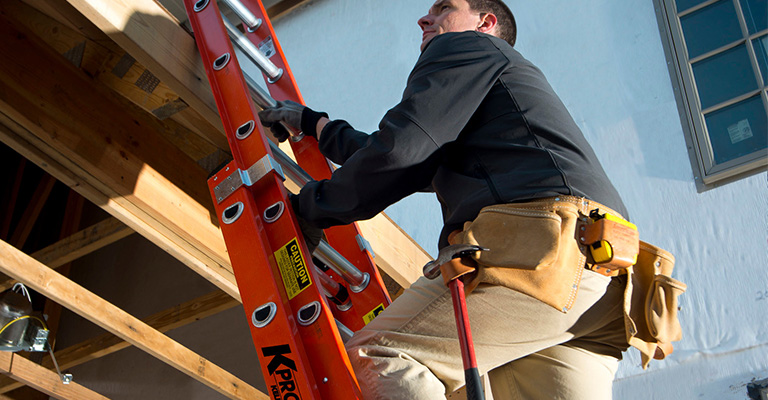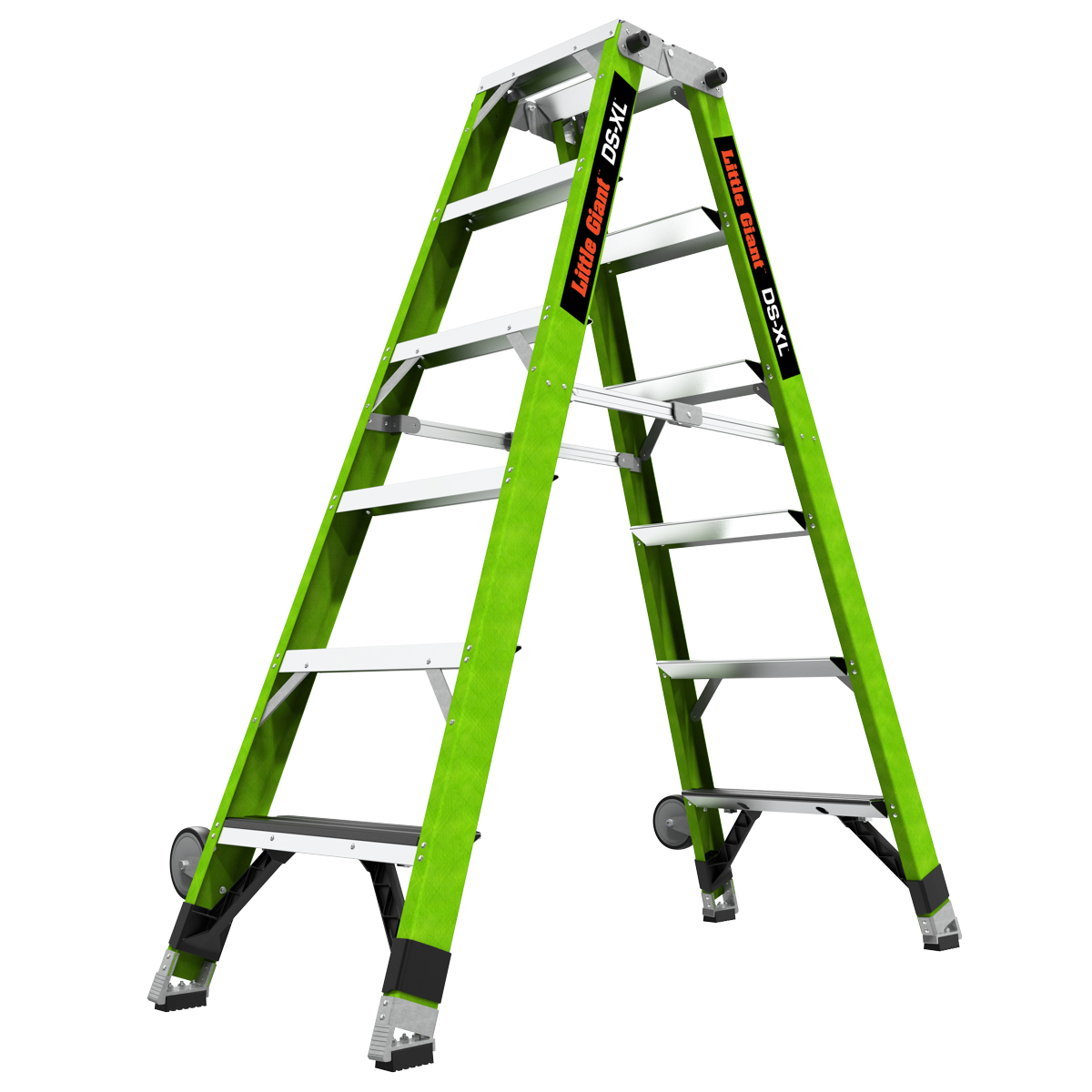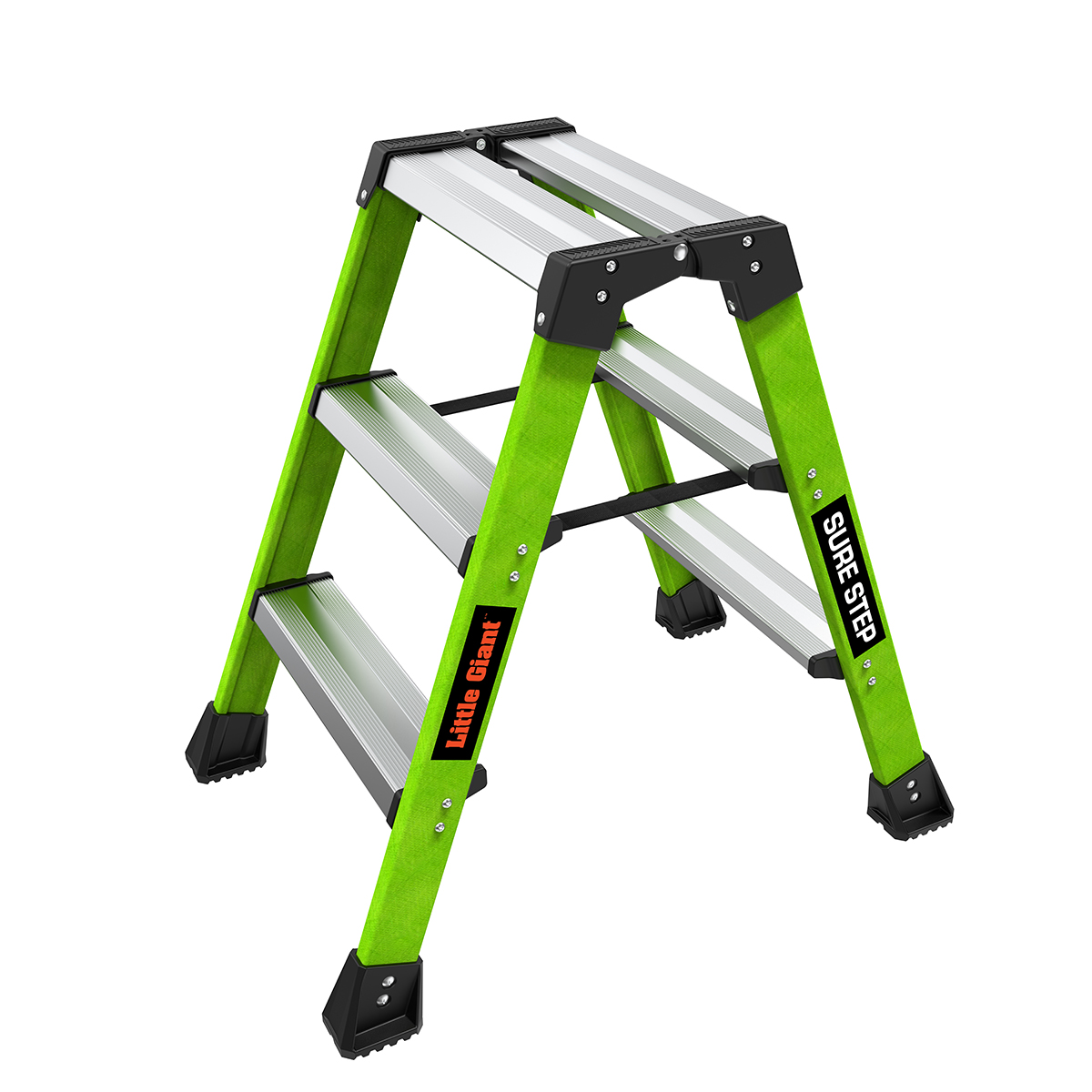
Image credits: https://www.kellerladder.net/images/librariesprovider12/home-billboards/keller-ladders.jpg?sfvrsn=6de08e68_0
Ladders are indispensable tools that come in various shapes, sizes, and types, catering to a wide range of tasks and environments. Whether you’re tackling household chores or working on construction sites, selecting the right ladder is crucial for safety and efficiency. In this guide, we’ll explore key considerations for choosing your ideal ladder, tailored to your specific needs and purposes.
Defining Your Requirements
The first step in selecting the right ladder is to identify the primary purpose for which you’ll be using it. Are you looking for a ladder for indoor household tasks like painting or changing light fixtures? Or do you require a heavy-duty ladder for outdoor construction projects or maintenance work? Clarifying your intended use will help narrow down your options and ensure you choose a ladder that meets your requirements.
Matching Ladder to Task
Consider the specific tasks and jobs you’ll be performing with the ladder. Different tasks may require different types of ladders. For example, if you need to access high shelves or ceilings indoors, a step ladder may suffice. However, for outdoor tasks like roof repairs or tree trimming, you may need an extension ladder or even a specialized ladder such as a platform ladder. Evaluate your tasks and choose a ladder that offers the height and stability necessary to safely complete the job.
Exploring Options
Once you’ve determined your purpose and tasks, it’s time to explore the various types of ladders available. Common types include step ladders, extension ladders, platform ladders, and combination ladders. Step ladders are self-supporting and ideal for tasks requiring a stable base, while extension ladders offer adjustable height for reaching greater heights. Platform ladders provide a spacious platform for added comfort and safety, while combination ladders offer versatility for different tasks and environments. Consider the features and benefits of each type to choose the most suitable option for your needs.
Checking the Details
When selecting a ladder, pay attention to specifications such as material, weight capacity, and safety features. Aluminum ladders are lightweight and corrosion-resistant, making them ideal for indoor and outdoor use. Fiberglass ladders offer added durability and electrical insulation, making them suitable for electrical work or outdoor tasks in wet conditions. Additionally, ensure the ladder meets safety standards and includes features such as non-slip feet, locking mechanisms, and rung grips for added stability and security.
Getting the Right Fit
Finally, consider the size of the ladder in relation to your tasks and workspace. Choose a ladder with sufficient height to reach your intended work area without overreaching or stretching. Measure the space where you’ll be using the ladder to ensure it fits comfortably and can be set up safely. If you’re unsure about the size, opt for an adjustable ladder that offers versatility and flexibility for different tasks and environments.

Image credits: https://dam.thdstatic.com/content/production/4DwoEhIAjCApo-VP-iVE2g/dqM5GTmRiNdrr1FzXYr9fA/optimizedFile/13e6408d-b2b1-4753-b4ba-289780dfee28_MT-22IAA_AI_Twin.jpeg?im=Resize=(920,575)
In conclusion, choosing the ideal ladder involves assessing your specific needs and purposes and selecting a ladder that matches your requirements. Consider the purpose of the ladder, the tasks you’ll be performing, the type of ladder needed, and important specifications such as material and size. By taking these factors into account, you can confidently choose a ladder that provides the stability, safety, and functionality necessary to tackle any task with ease.






